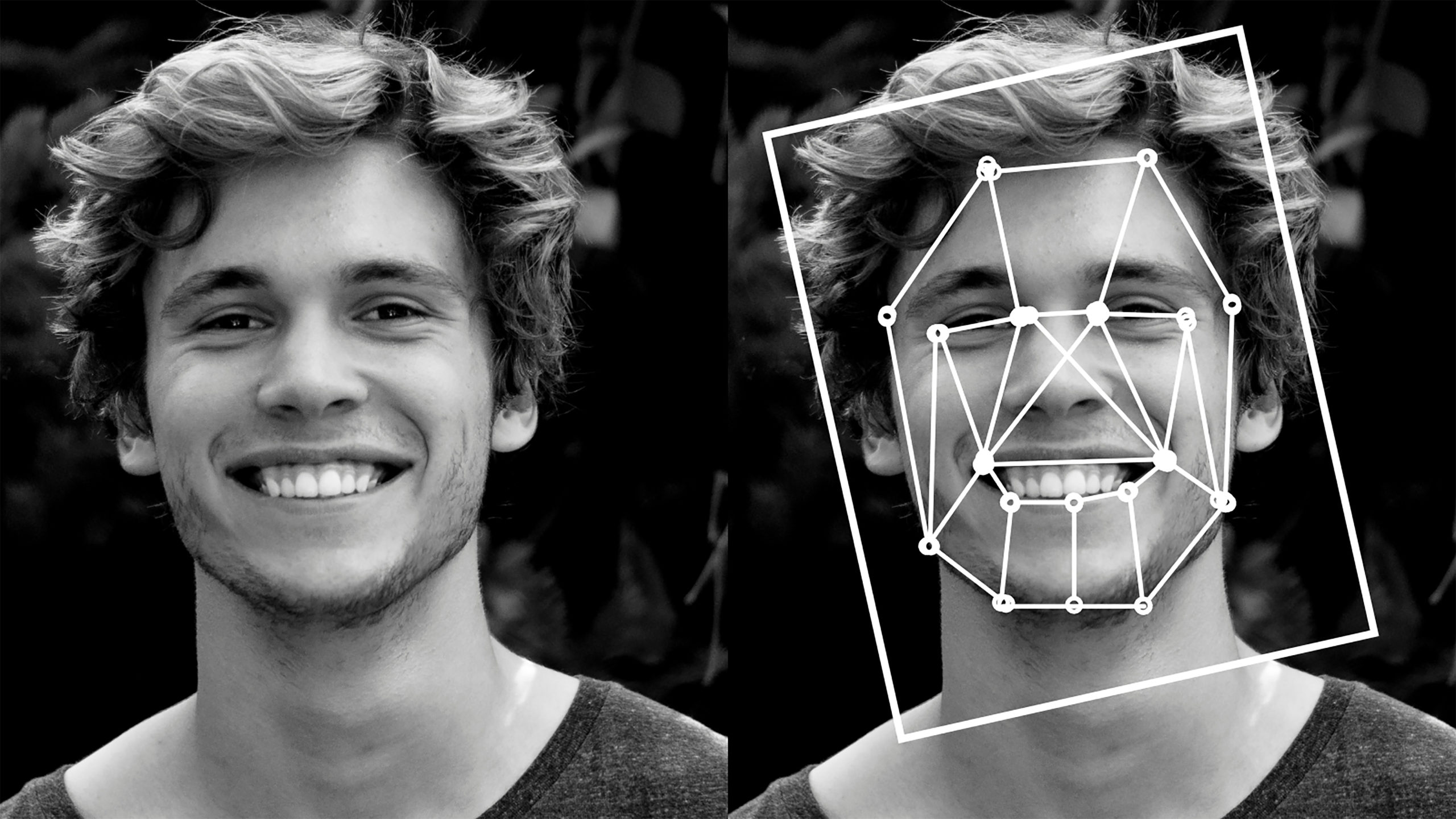In 2019, a video went viral on Instagram showing Facebook founder Mark Zuckerburg bragging how the platform “owns” its users. The quote revealed the so-called truth of how Facebook misuses private information and caused Facebook users to panic.
However, the video of Zuckerburg was not the truth — it was a “deep fake.”
While numerous technological advancements have aided Christians in better spreading the gospel, others — such as deep fakes — can contradict the truth of the character of God.
Deep fakes are highly realistic videos created by artificial intelligence, or AI, that misinterpret reality. They have the power to dilute society’s trust in news and what is true through the manipulation of video and audio.
With the use of AI, creators can exploit audio and facial movements to create a deep fake. They can make a person’s mouth move to match an audio recording. They can edit audio by cutting and rearranging previously recorded clips to manipulate a person’s words.
Deep fakes often superimpose one person’s face on that of another person. Using AI algorithms, creators find similar facial expressions between the two people and superimpose a face over the original. This allows the transposed person’s face and body to move more realistically — and deceptively.
“The deep fake disillusion can not only harm how we view ourselves and those around us but can also cause us to question some of the most basic aspects of what is true in our divided world,” said Jason Thacker, chair of technology for the Ethics & Religious Liberty Commission of the Southern Baptist Convention. “The aim of a deep fake is to present an alternate reality and sow discord in our society.”
Spotting deep fakes
Despite being artificially created, deep fakes are deceptive due to the advanced technology utilized to create them. Without knowledge of AI or how to spot it, it is easy to not recognize the ingenuity of the video, especially at first glance.
One way to spot a deep fake is by looking at the eyes of the person in the video. If the video is genuine, the person’s eyes will reflect the light and an image of the setting. Additionally, look at facial and body movements. If they appear unnatural or awkward, or if there is a lack of emotion on the face, the video is likely a fake.
Viewers also can utilize “detection technology.” Corporations and technology businesses, including Microsoft, have created deep fake detection to help identify whether a video has facial or voice manipulations.
Christians are not immune from being fooled by deep fake technology and should use discernment before sharing them, said Andrew Walker, associate professor of Christian ethics at Southern Baptist Theological Seminary in Louisville, Kentucky.
People of truth
“Because of our commitment to Jesus, we are to be truthful people, which means the intentional spread of misinformation is not simply a violation of our integrity, but a violation against Jesus,” Walker said. “In Christ, there ought to be no shadow of conspiracy or falsehood. Because of this, we should be particularly attentive to the information we’re reading and have a heightened filter before passing it on.”
Before sharing content, research a video and look for signs to determine if it is a deep fake, Walker advises. That due diligence can help decrease the spread of fake news and misinformation.
“Follow the pattern handed down in the book of James: Be quick to listen, slow to speak and slow to become angry,” Walker said. “As we come across a source, we need to ask ourselves whether the source is engaging in salacious gossip or slander and whether the publication has a history of misrepresenting facts. In turn, we should pause and question whether the sharing of a particular article will build up a culture of truth or tear it down.”





Share with others: